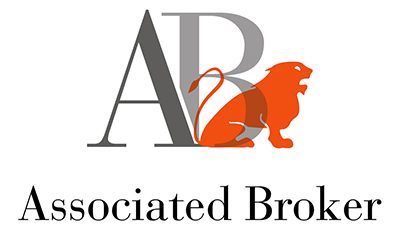In the Financial Informer Third Quarter, we take an indepth look at taxation and how you can use it to save!
Using tax to save
Say goodbye to tension and hello to your pension would be a refreshing sentiment if it was true for everyone. The truth is that the majority of working people do not retire with enough retirement savings. Medical advances have also meant that people are living longer and consequently saving for your retirement is even more crucial. If you are several years away from retirement, now would be the time to take advantage of the tax breaks available to you. It could make a big difference in the twilight years.
You can claim a tax deduction of up to 27.5% a year based on the greater of your remuneration for PAYE purposes or your taxable income (up to R350 000) for pension, provident and retirement annui-ty fund contributions. Taking advantage of this tax break is the savvy way to save. By taking advantage of the tax benefits, our research shows that individuals can achieve between an additional 1.5% and 2.5% per annum in after-tax investment returns depending on their income levels.
1. Additional voluntary contributions
You’ve got the flexibility to decide how much extra to contribute, or it could be a lump sum whenever you have extra money. There are generally no administration fees charged for putting extra money into your fund, so the full amount is invested for your retirement.
2. Increase your contribution rate
Contributions to your fund are deducted from your salary before tax. If you contribute an extra five percent, your takehome pay will not decrease by five percent because you will pay less tax on the reduced, pre-tax income. More money is invested towards your retirement savings. As a simple example, if your total monthly income is R25 000, and you contribute 15%, i.e. R3 750 – to your retirement, your taxable income is R21 250. However, if you increased your contribution to 27.5%, i.e. – R6 875 – your taxable income would be R18 125. Your fund may offer you the option to increase your contribution rate. Ask your HR department about your contribution rates.
3. Sign up for a new retirement annuity
Top up your retirement savings with a retirement annuity, which has a number of benefits including tax incentives, flexible contribution rates, and they are separate from employment-related savings. Most annuities have a minimum investment amount to get started. You may need to save up, or wait until you receive a bonus or if you receive money back from SARS when you submit your tax return.
4. Draw up a budget
If you think you don’t have any extra money to top up your retirement savings, draw up a budget and see where you can save. Cancelling subscription services you aren’t using, or getting new quotes on your insurance can help you find a few extra hundred rand, which could be used in a Tax Free Savings Account.
Give credit where its due
Despite the interest rate hike and the rising cost of living, the National Credit Regulator (NCR) encourages consumers, in particular the youth who have al-ready signed credit agreements, to continuously pay their monthly accounts on time and in full in order to maintain a good credit bureau record.
Taxing transfers
For most of us the purchase of a house is likely to be our most expensive ever purchase. But the listed price you see on a sales brochure or website does not tell the full story of how much you will need to pay up when buying a house in South Africa. In addition to a deposit towards the purchase price, there are also transfer costs (and bond registration costs if the purchase is being funded by a mortgage bond). The transfer costs consist of transfer fees (the legal fees paid to the conveyancing attorney handling the transfer from the seller) and – for properties valued at over R1m – a potentially hefty amount of tax called “transfer duty”.


